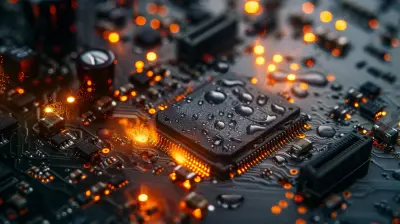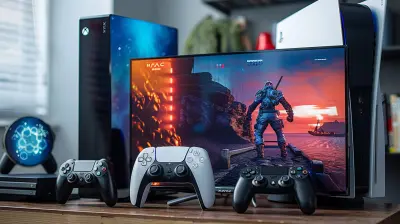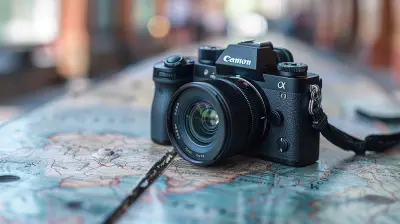The Privacy Risks of Facial Recognition Technology
9 October 2025
Let’s face it (pun entirely intended), facial recognition technology is one of those flashy, futuristic tools that feels like a sci-fi movie plot—we can unlock our phones, breeze through airport security, and even find our furry dog doppelgänger. Sounds like a win, right?
Well... not so fast.
Behind that smart camera lens lies a tangle of serious privacy concerns that most of us probably haven’t stopped to think about. It’s like trading your hoodie for a neon sign saying, “Hey, track me!” every time you walk past a camera. Fun? Meh. Convenient? Maybe. Creepy? Definitely.
In today’s deep dive, we're peeling back the pixelated curtain to talk about the real privacy risks of facial recognition technology. No jargon overload. No boring tech speak. Just the stuff you really need to know—served up with a side of sass.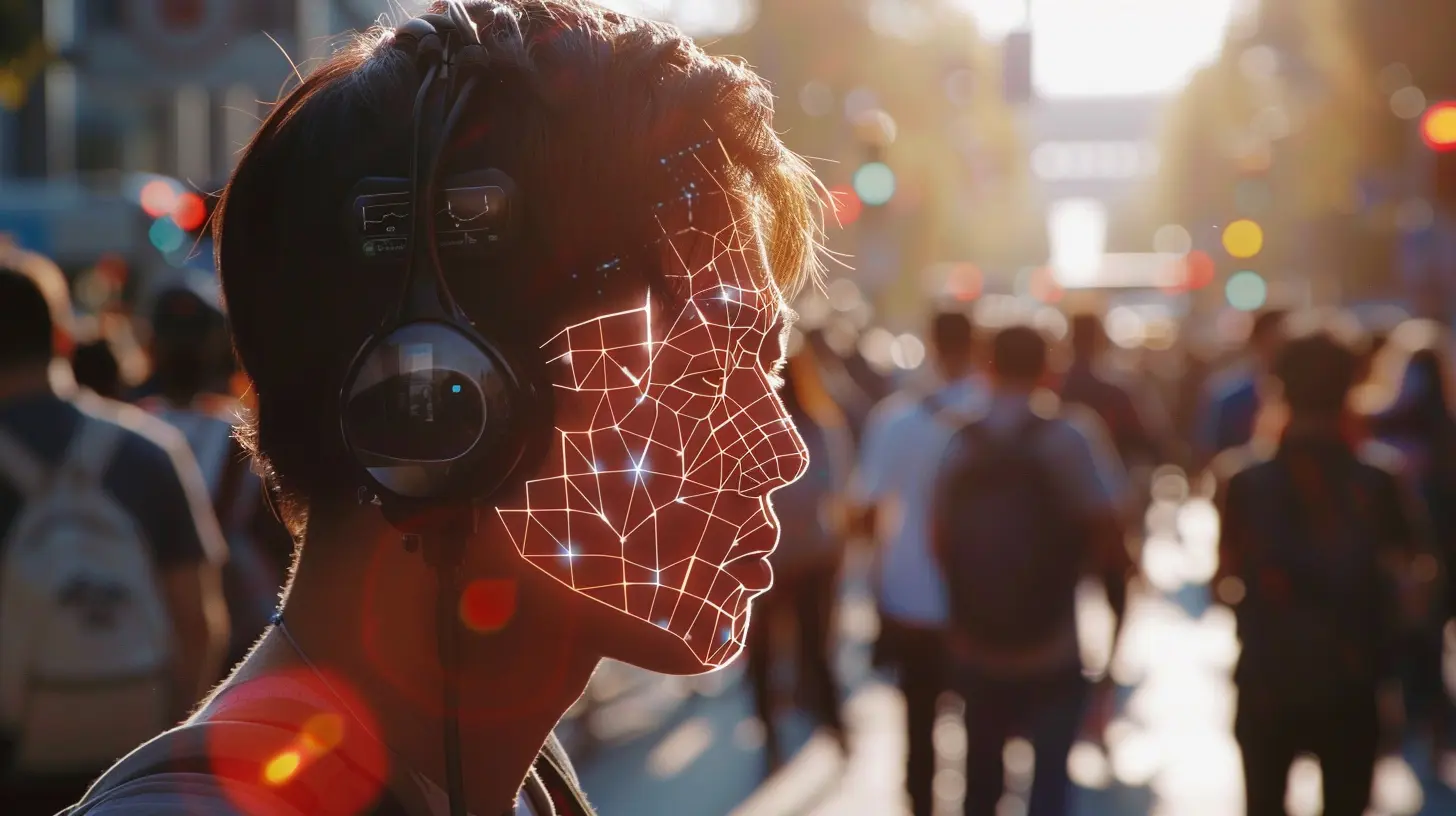
So, What Exactly Is Facial Recognition Tech?
Okay, before we throw shade, let’s quickly break down what facial recognition really is.Facial recognition technology (FRT) uses algorithms to identify or verify a person’s identity using their face. It analyzes patterns, distances, and shapes—like the space between your eyes or the curve of your jawline—to create a digital faceprint. Kinda like a fingerprint, but for your face.
It’s not just popping up in spy thrillers anymore. You’ll now find it:
- In smartphones (Hello, Face ID 👋)
- At airports and border controls
- In public surveillance systems
- On social media platforms (ever been auto-tagged?)
- In retail stores and concerts
And while it can be super convenient, here’s the real kicker—it works whether you’re aware of it or not.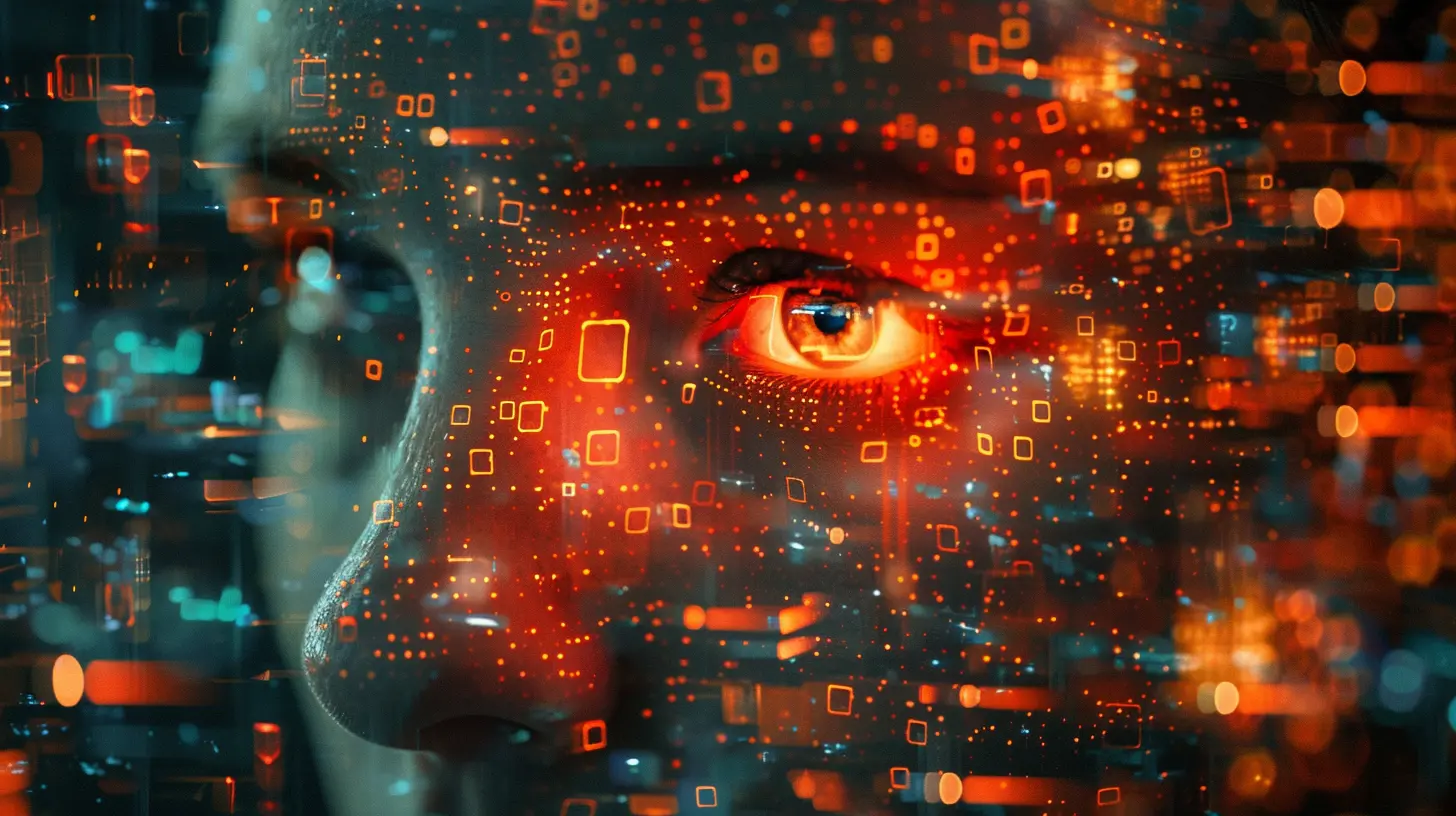
The Data Game: Your Face Is the New Password
Think about it. You can change a password. You can even tweak your email or phone number. But your face? Kinda stuck with that, aren’t you?The problem is, when your facial data is captured and stored, it becomes another piece of the digital puzzle that is... well, you. And that piece is incredibly unique and can be used to track or identify you across multiple platforms without your consent.
Creeped out yet? You should be.
When facial recognition data gets into the wrong hands—or even the “right” hands misusing it—it opens the door to a slew of privacy violations.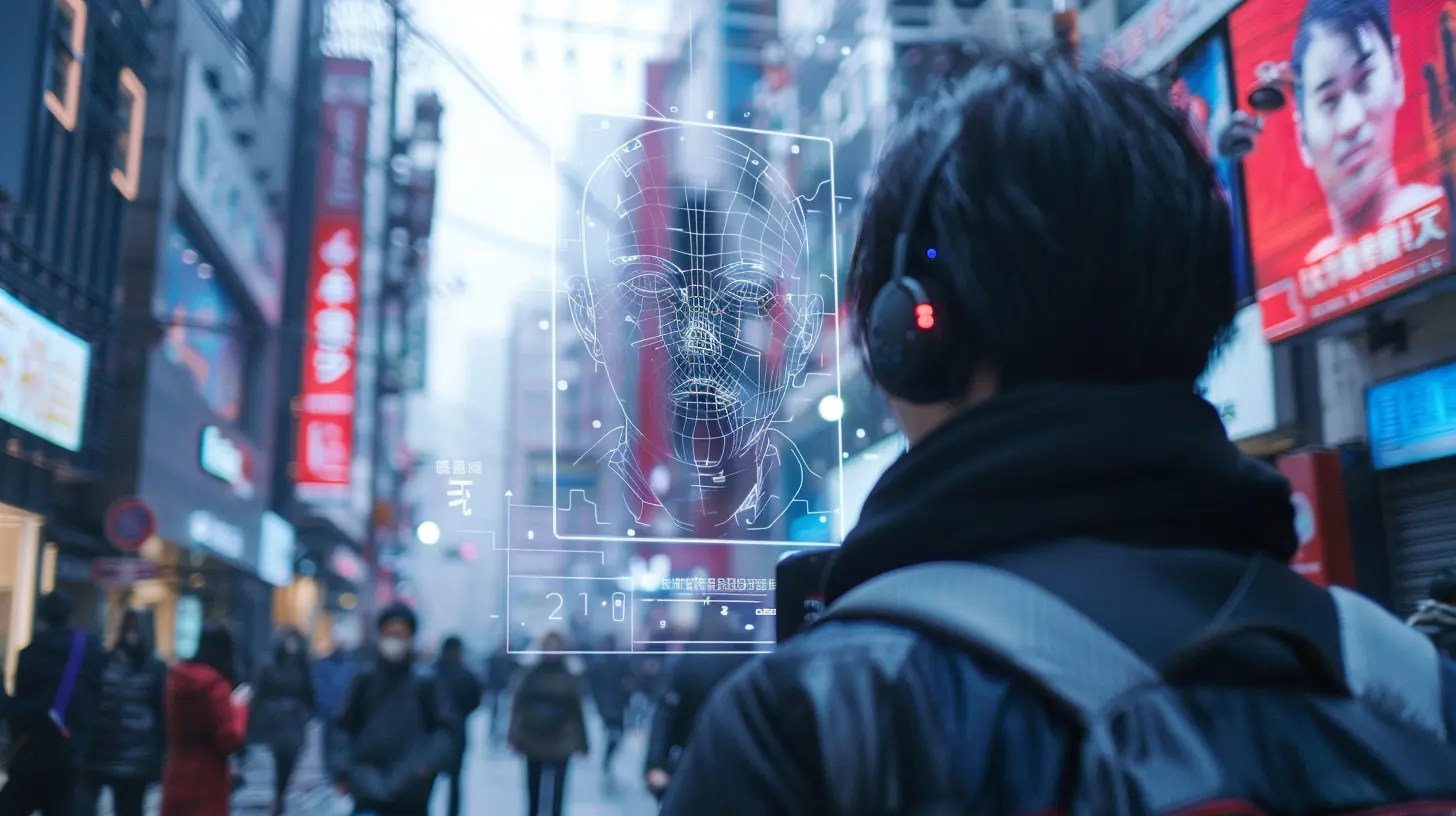
Why Should You Care? (A.K.A. The Freaky Part)
Let’s put it this way: imagine living in a world where every step you take, every move you make (yes, like the song), is watched and recorded. That’s not hypothetical anymore.Here’s why this tech is raising eyebrows across the globe:
1. You Can Be Watched Without Knowing It
Facial recognition often runs silently in the background. That means you could be walking down the street, minding your own business, completely unaware that a camera is scanning your face and matching it to a database. No signs. No warnings. Nada.You wouldn’t accept someone rifling through your diary or checking your phone DMs without asking, right? So why are we okay with this?
2. Mass Surveillance Is Becoming the Norm
Call it Big Brother. Call it 1984 vibes. Mass surveillance powered by facial recognition is no longer fictional. Governments and private companies can track individuals in real-time across cities.In some countries, this tech is used to monitor protests, track political dissidents, or enforce laws in ways that squash freedom of speech and expression. And once a tool like this is in place, scaling back becomes nearly impossible. It’s like giving the keys to your house to a stranger, then hoping they don’t come in whenever they like.
3. Wrong Matches Can Ruin Lives
Facial recognition is not perfect—especially when it comes to identifying people of color, women, or younger and older individuals. AI bias is real, folks. And when law enforcement agencies rely on this tech, it can lead to wrongful arrests or worse.Imagine being mistaken for a criminal just because the algorithm thinks your face “looks similar.” That’s not just inconvenient—that's life-changing.
4. Your Face Could Be Sold To The Highest Bidder
No, really. A lot of facial recognition databases are built by scraping public photos—yes, even your LinkedIn headshot or Instagram selfie—and adding them to data collections without asking you.From there, the data could be sold to advertisers, surveillance companies, or even law enforcement. Basically, your face becomes a commodity. And you didn’t even get paid. Rude.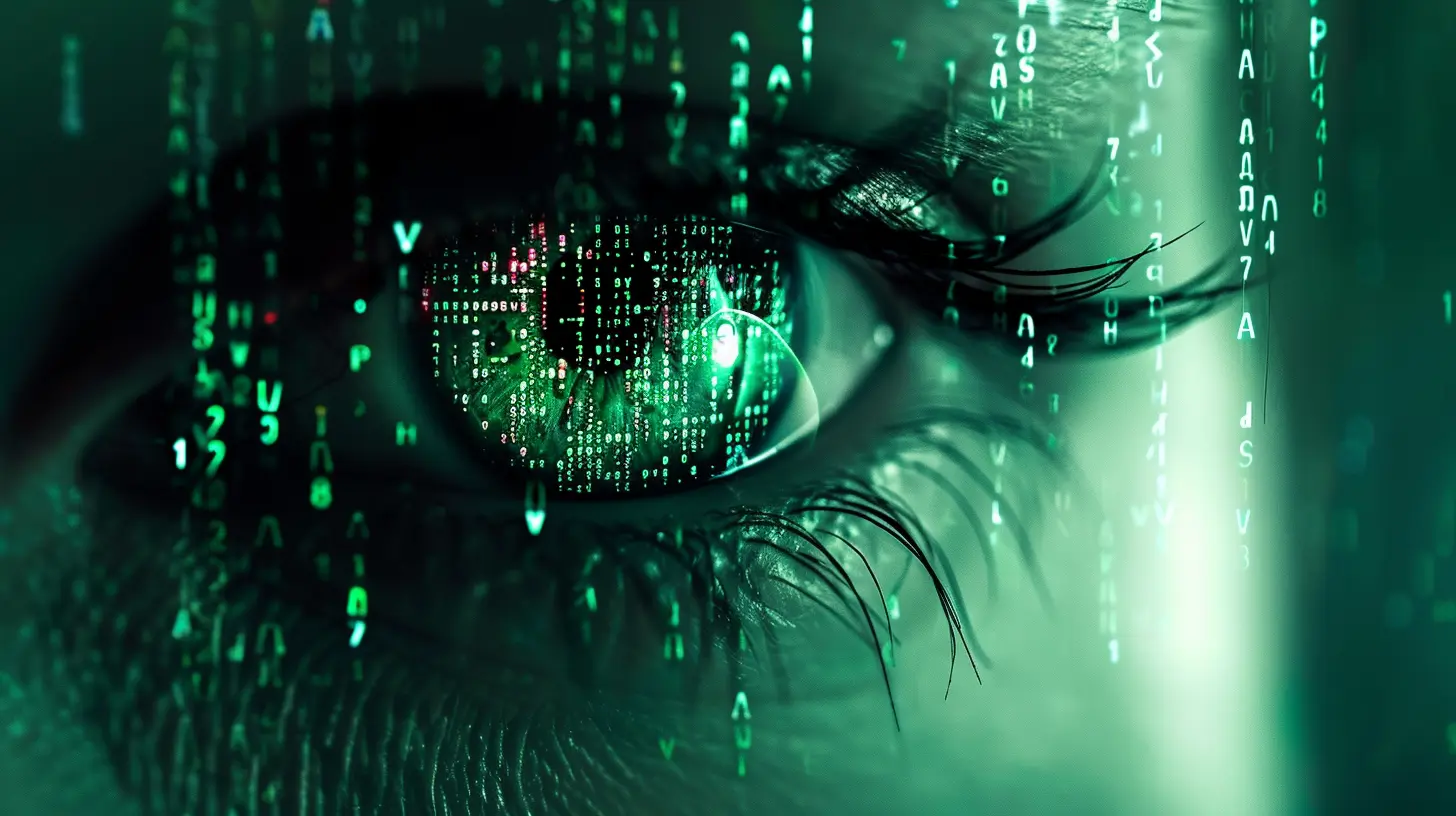
Are There Laws to Protect Us?
Short answer: not really. Longer answer? It’s complicated.Some places—like the EU—have stricter privacy laws (shoutout to GDPR), and cities like San Francisco have banned or restricted facial recognition. But many regions don’t have clear guidelines or legal frameworks in place.
That means tech companies often set their own rules, which is kind of like letting kids decide their own bedtimes. Spoiler: it doesn’t usually end well.
It’s Not All Doom and Gloom…Yet
Okay, let’s take a breather. Facial recognition isn’t inherently evil. It can help catch criminals, find missing persons, and even improve personal security. There are real use cases that don’t involve turning society into a Black Mirror episode.The problem is with how it’s being used—or more accurately, misused. And when there's no transparency, no consent, and no accountability, that's when we should be worried. Like, potentially-throw-your-phone-into-a-volcano worried.
What Can You Do About It?
Feeling powerless? You’re not.Here are a few ways to protect your lovely mug from being turned into a data point:
✅ 1. Opt-Out When You Can
If a service offers you the option to disable facial recognition (looking at you, Facebook and Google Photos), take it.✅ 2. Fight for Better Laws
Push for legislation that puts people before profits. Support privacy-focused NGOs and stay informed about tech regulations.✅ 3. Use Privacy Tools
Look for apps and browser extensions that block tracking. And yes, sometimes even a good ol’ hoodie and sunglasses combo helps (celebs have been doing it for years).✅ 4. Be Mindful of What You Share
Think twice before uploading high-res selfies online or tagging your location. The internet doesn’t forget—and neither do those facial recognition databases.The Bottom Line
Facial recognition tech is here, and it’s not going anywhere anytime soon. But while it might seem like harmless, Jetsons-level wizardry on the surface, the privacy risks lurking beneath are very, very real.So next time your phone asks to scan your face or you waltz through a store that “just happens” to have cameras everywhere, ask yourself—do I really want to trade my face for convenience?
Because unlike passwords, you only get one face. And protecting it? That’s non-negotiable.
all images in this post were generated using AI tools
Category:
Data PrivacyAuthor:

Pierre McCord
Discussion
rate this article
1 comments
Faryn Spencer
Great article! It's crucial to highlight the privacy concerns with facial recognition. Balancing tech advancement and personal privacy is essential!
October 13, 2025 at 4:28 AM

Pierre McCord
Thank you for your feedback! I completely agree — finding that balance is vital as we navigate the implications of facial recognition technology.
